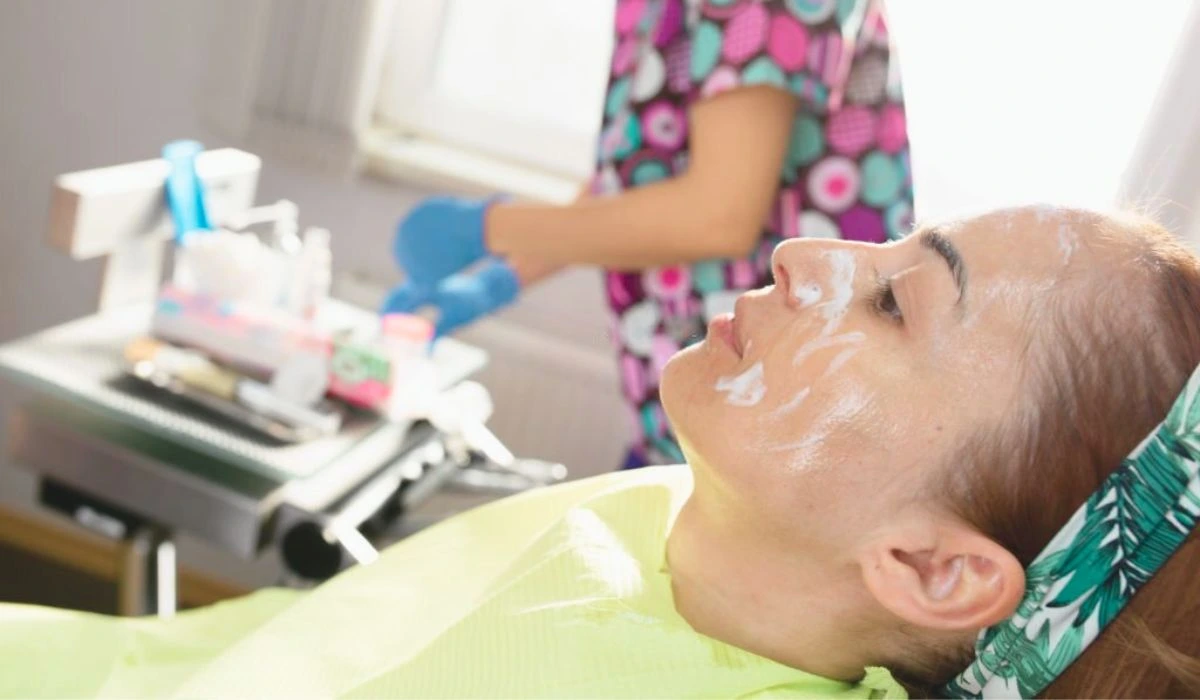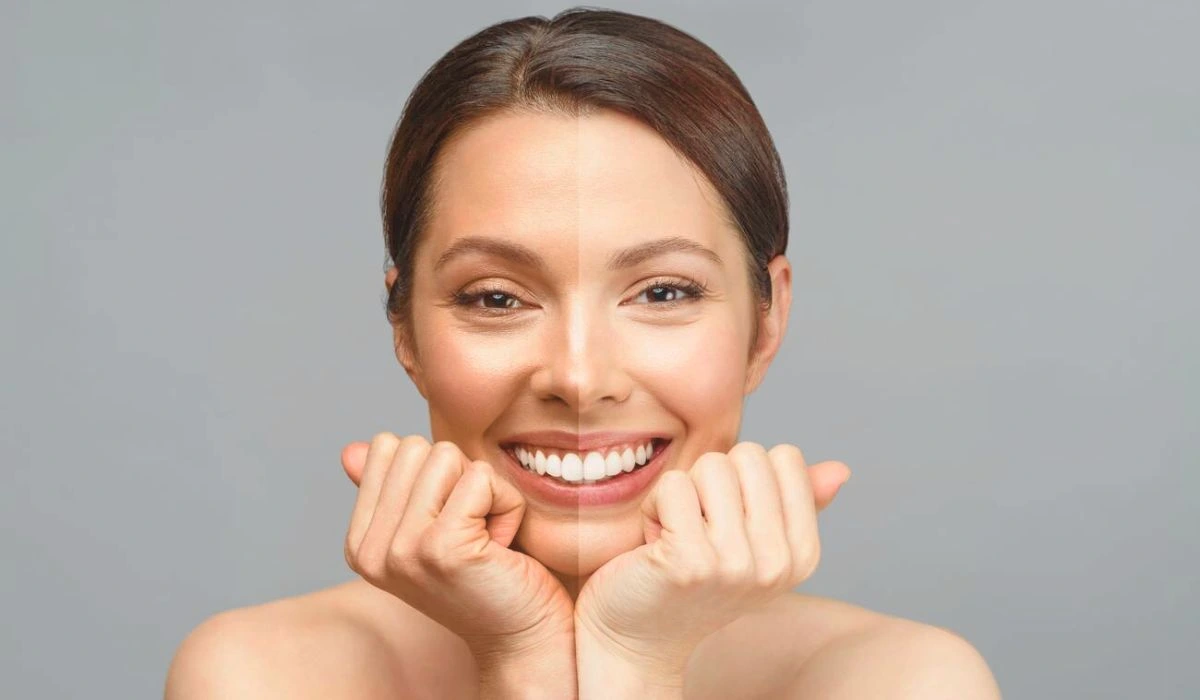Skin bleaching, a controversial practice, has gained attention in recent years. It’s important to explore the benefits of skin bleaching for those who choose it. This article will provide an overview of common methods and potential side effects.
People may use skin bleaching for confidence and self-esteem. It can help those with hyperpigmentation or discoloration due to conditions like acne scars or melasma.
Critics raise concerns about health risks. Excessive use of certain chemicals can lead to allergic dermatitis, permanent pigmentation disorders, or even cancer. The World Health Organization (WHO) warns of long-term effects on physical health and psychological well-being.
It’s important to weigh risks against motivations and make informed decisions. Skin bleaching can turn heads, but not always for the right reasons.
What Is Skin Bleaching?
Skin bleaching is the process of lightening skin color. It works by reducing melanin in skin cells, making the complexion lighter. Although controversial, it’s become popular recently.

Many choose to bleach their skin for a variety of reasons. One is to even out skin tone, lightening dark spots caused by sun damage, acne scars, or hormones. Others seek to conform to societal standards of beauty and success, believing lightened skin will boost self-confidence.
Common Methods Of Skin Bleaching
Skin bleaching techniques involve various methods that can help in achieving a lighter complexion. Here are some of them:
- Topical creams – contain ingredients like hydroquinone, corticosteroids, or kojic acid to reduce melanin production.
- Chemical peels – exfoliating the outer layer and promoting the growth of new, lighter skin.
- Laser treatment – targets and destroys melanin-producing cells in the skin.
- Microdermabrasion – using a handheld device to exfoliate the outer layer of the skin.
Natural remedies like lemon juice or yogurt may also have mild bleaching effects.
Benefits Of Skin Bleaching
Many people want to achieve a different complexion through skin bleaching. However, it’s important to know the methods and potential side effects before doing this. Here are some of its benefits:
- Improved Skin Tone: Skin bleaching helps even out the complexion. This can reduce the look of dark spots, scars, and hyperpigmentation.
- Enhanced Confidence: When people have the complexion they want, it can improve self-esteem and confidence.
- Treatment for Skin Conditions: Skin bleaching can help certain skin issues, like melasma or vitiligo, by reducing the look of pigmentation.
- Reversal of Signs of Aging: Skin bleaching can reduce the signs of aging, like age spots and fine lines, for a younger appearance.
- Customizable Results: Individuals can choose which areas to lighten or treat, offering a personalized approach.
What Are The Side Effects Of Skin Bleaching?
Skin bleaching is a popular practice, but it brings risks. These may differ depending on the method and person. Knowing these risks before starting is vital.
Common side effects include:
- Hyperpigmentation – skin reacts to lightening agents by making more melanin in spots, so they become darker.
- Hypopigmentation – when lightening agents reduce melanin production, making skin become lighter in patches.
- Skin irritation – many bleaching products contain harsh chemicals which can cause redness, itching, peeling, or blistering.
- Increased sun sensitivity – bleached skin is more prone to sun damage, like sunburns, aging, and cancer.
Safety Precautions And Considerations
Safety is key when it comes to skin bleaching. Here are some essential tips to follow:
- See a dermatologist before you start.
- Do a patch test for any allergies.
- Follow the instructions provided.
- Don’t use too much, or you’ll damage your skin.
- Wear sunscreen to protect yourself from harmful sun exposure.
- Cleanse and moisturize regularly to reduce side effects.
Be aware of other factors too. Skin bleaching may lead to dryness, redness, or irritation. Sensitive skin and medical issues require extra care. Learn all you can about the ingredients used.
Remember these precautions for safe skin bleaching. Don’t be afraid to get glowing skin – just be safe! Take the plunge and discover the bright radiance that awaits you!
Alternatives To Skin Bleaching
Are you searching for other options for skin bleaching? Here are four ideas:
- Natural remedies: Utilize nature’s gifts such as lemon juice, turmeric, aloe vera, and honey to brighten up your complexion. These natural substances have been known to be gentle but effective for lightning.
- Skin care products: Look for skincare products with ingredients like Vitamin C, kojic acid, licorice extract, or arbutin. These substances can help reduce dark spots and make skin tone more even.
- Laser treatments: Think about laser treatments like IPL (Intense Pulsed Light) or fractional laser therapy. These can target pigmentation issues without harming the skin around them, providing long-term results with little side effects.
- Chemical peels: Ask a dermatologist about chemical peels suited to your skin type and needs. Chemical peels take away the top layer of old or discolored skin, revealing fresher and brighter skin.

